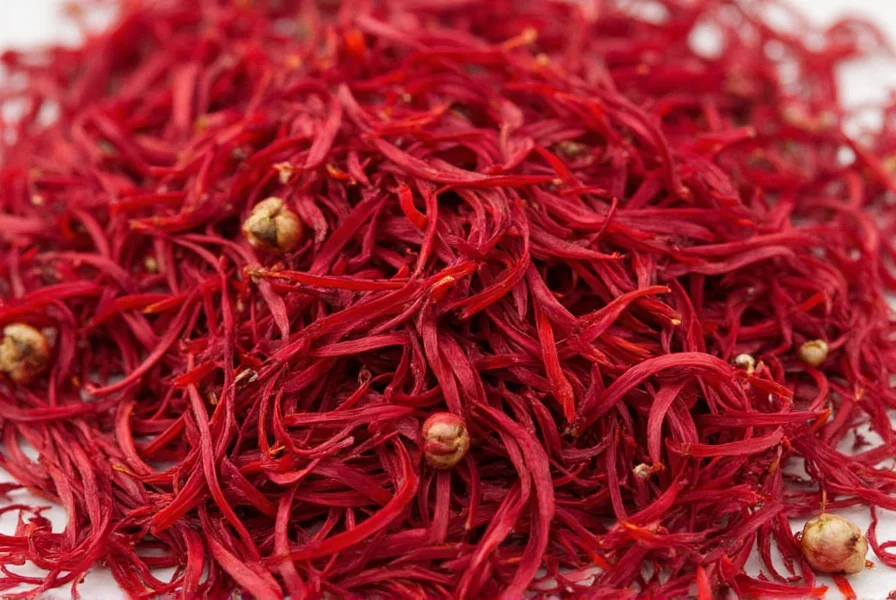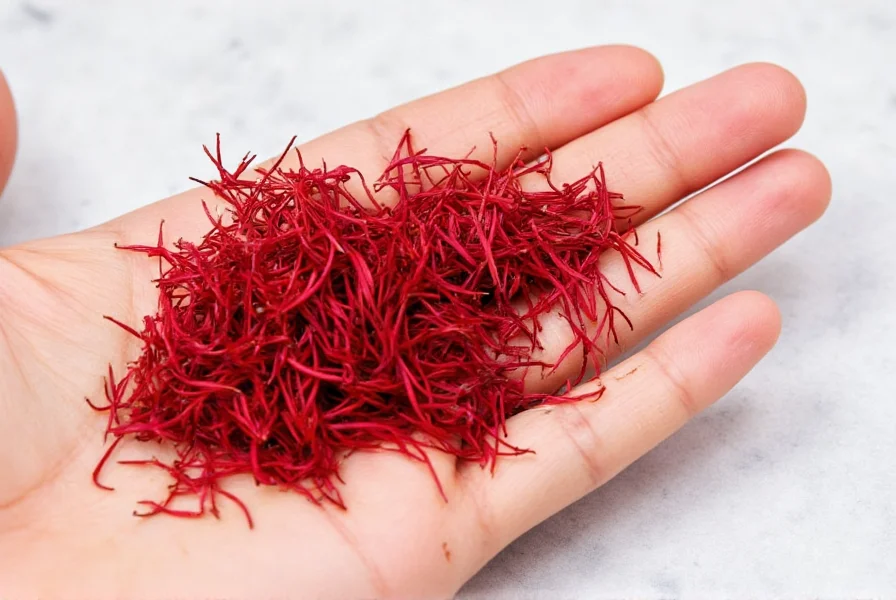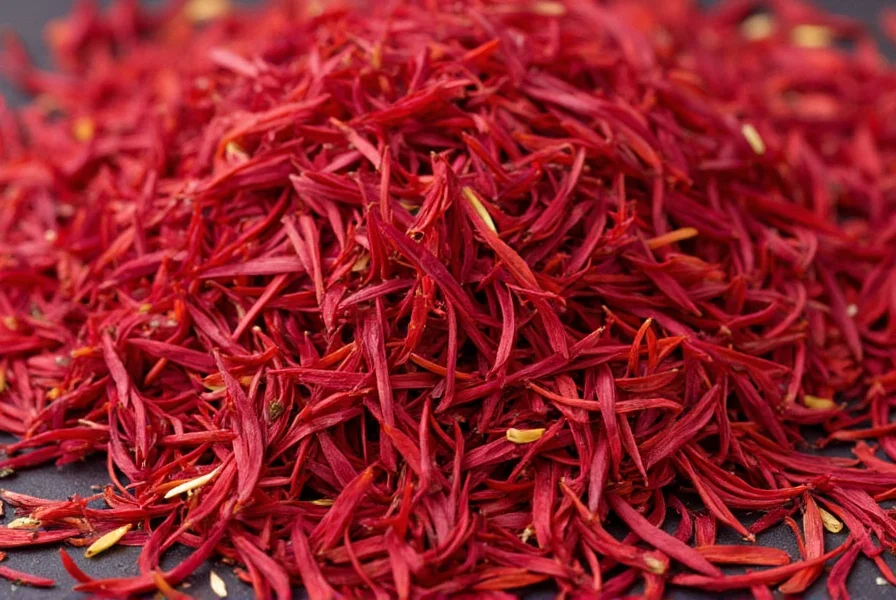Saffron flowers, scientifically known as Crocus sativus, represent one of nature's most remarkable botanical treasures. These modest purple blooms hide extraordinary value within their delicate structures. Understanding these flowers reveals why saffron maintains its status as the world's most expensive spice by weight.
Botanical Identity and Physical Characteristics
Despite common misconceptions, saffron doesn't come from a "saffron flower" as a distinct species. The saffron crocus (Crocus sativus) is a sterile triploid plant that cannot reproduce sexually and must be propagated manually through corm division. Each flower features:
- Vibrant purple petals with a distinctive funnel shape
- Three vivid crimson stigmas (the female reproductive parts)
- A single yellow style connecting the stigmas to the flower base
- Typical height of 15-25 cm when in full bloom

The Harvesting Process: Why Saffron Commands Premium Value
The extraordinary value of saffron stems directly from the labor-intensive harvesting process required for saffron flowers. Understanding how saffron is harvested from flowers explains its premium pricing:
| Harvesting Metric | Requirement | Practical Implication |
|---|---|---|
| Flowers per gram of saffron | 150-200 blooms | One pound requires approximately 75,000-100,000 flowers |
| Harvesting window | 2-3 weeks annually | Flowers bloom exclusively in autumn, typically October-November |
| Harvest timing | Early morning | Flowers must be picked before they wilt in daylight |
| Stigma extraction | Entirely by hand | Mechanical harvesting damages delicate stigmas |
This meticulous process explains why identifying authentic saffron flowers matters for producers and consumers alike. The entire saffron production cycle depends on recognizing the precise characteristics of Crocus sativus during its brief flowering season.
Growing Conditions for Saffron Flowers
Successful cultivation of saffron flowers requires specific environmental conditions. The crocus sativus flower characteristics make it particularly challenging to grow outside its preferred climate zones:
These perennial corms thrive in regions with hot, dry summers and cold winters with adequate rainfall. Ideal growing conditions include:
- Well-drained, calcareous soils with neutral to alkaline pH
- Full sun exposure with minimal shade
- Distinct seasonal changes (hot summers, cold winters)
- Mediterranean or semi-arid climate patterns
- Altitude between 200-2,000 meters above sea level
Understanding growing saffron flowers at home requires recognizing that most home garden attempts fail due to unsuitable climate conditions. While possible in containers with careful climate control, commercial production remains concentrated in specific global regions including Iran, Spain, India, and Greece.
Differentiating True Saffron Flowers from Look-Alikes
Many gardeners mistakenly believe they're growing saffron when cultivating other crocus varieties. Proper identifying authentic saffron flowers involves checking these key features:
- Petal color: Deep purple (sometimes with white or yellow bases), never blue or lavender
- Stigma count: Exactly three elongated red stigmas per flower
- Blooming season: Autumn (September-November), not spring
- Flower structure: No visible anthers (male parts) as C. sativus is sterile
- Corm characteristics: Brown, fibrous outer layer with distinct shape

Misidentification leads to disappointment when gardeners expect saffron production from spring-blooming crocuses like Crocus vernus. The saffron flower vs saffron spice relationship exists exclusively with C. sativus, making accurate identification crucial.
The Economic Significance of Saffron Flowers
The why saffron flowers are so valuable question has both botanical and economic answers. Beyond the labor requirements, several factors contribute to saffron's premium pricing:
- Geographic concentration of production (Iran produces 90% of global supply)
- Vulnerability to climate variations affecting annual yields
- Increasing global demand for natural food colorants and flavorings
- Traditional medicinal applications driving additional market demand
- Limited mechanization possibilities due to delicate flower structure
Understanding the saffron crocus blooming season is critical for producers, as the entire annual harvest depends on a narrow 2-3 week window when flowers appear. This compressed timeline creates intense labor demands that further drive costs.
Common Misconceptions About Saffron Flowers
Several persistent myths surround saffron flowers that deserve clarification:
- Myth: Saffron comes from a special saffron plant species
Fact: It comes exclusively from Crocus sativus, a specific crocus variety - Myth: All purple crocuses produce saffron
Fact: Only autumn-blooming C. sativus yields true saffron - Myth: Saffron is the flower itself
Fact: Saffron refers specifically to the dried stigmas, not the entire flower - Myth: Saffron flowers are difficult to grow
Fact: The plants grow readily but require specific climate for flowering
These clarifications help explain why genuine saffron maintains such high value while counterfeit products flood the market. Consumers seeking authentic product should understand the saffron flower vs saffron spice distinction to avoid adulterated products.
Frequently Asked Questions
What do saffron flowers look like?
Saffron flowers (Crocus sativus) feature vibrant purple petals with a funnel shape, measuring 15-25 cm tall. Each bloom contains three distinctive red stigmas and a single yellow style. They bloom in autumn, typically between October and November, and only remain open for a few days.
How many flowers are needed to produce one gram of saffron?
It takes approximately 150-200 saffron flowers to produce just one gram of dried saffron spice. Each flower contributes only three stigmas, which must be carefully hand-picked, explaining why saffron remains the world's most expensive spice by weight.
Can I grow saffron flowers in my garden?
You can grow saffron flowers if your climate features hot, dry summers and cold winters with adequate rainfall. The plants require well-drained soil, full sun, and a distinct seasonal cycle. Most home garden attempts fail due to unsuitable climate conditions, though container growing with careful climate control can succeed in non-ideal regions.
Why are saffron flowers harvested in the morning?
Saffron flowers must be harvested early in the morning because the blooms open at dawn and begin to wilt as temperatures rise. Morning harvesting ensures the flowers remain intact and the delicate stigmas don't dry out before collection. This narrow harvesting window contributes significantly to saffron's high cost.
How can I identify authentic saffron flowers?
Authentic saffron flowers (Crocus sativus) have deep purple petals, exactly three red stigmas per bloom, and flower exclusively in autumn. They lack visible anthers since the plant is sterile. Spring-blooming crocuses, even purple ones, do not produce saffron. The corms have a distinctive brown, fibrous outer layer that differs from other crocus varieties.











 浙公网安备
33010002000092号
浙公网安备
33010002000092号 浙B2-20120091-4
浙B2-20120091-4